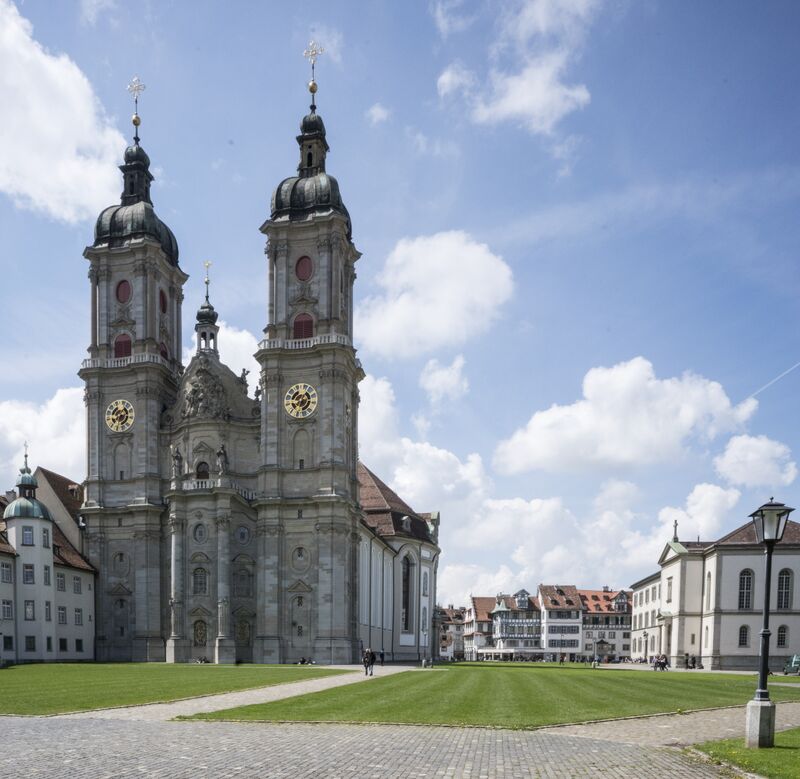Preservation
Research, preserve, educate
The preservation of any monument has to strike a tricky balance between maintaining the cultural site with its authentic historical features and adapting to meaningful use. Both aspects are essential to the survival of the monument. Acquiring UNESCO World Heritage status both steps up the pressure to protect the site and inspires a desire to educate people more about its value. A tug-of-war?
The management plan adopted for the Abbey of St Gall for the period 2017–2020 is doubtless a crucial instrument in meeting this challenge.
First, let us take a step back: «You can only care for and protect what you know.» This principle, formulated by Bernhard Anderes (1934–1998), one of the pioneers of monument preservation in St.Gallen, was the catalyst for filling the current gaps in our knowledge about the architectural history of the site between the dissolution of the abbey and our modern times. Knowledge about how the whole complex evolved and under what circumstances is essential to designing its long-term conservation and meaningful use. After all, the abbey alone has a history stretching back more than a millennium. It triggered the emergence of a town and it still exerts a powerful influence on the cultural and architectural development of the entire urban settlement.
Why does any cultural site, and the Abbey complex in particular, need to be protected as a monument? Apart from the countless little practical adaptations required to meet the needs of users, the Abbey complex may be exposed to constraints imposed by its immediate or not so immediate surroundings. Hence zones have been designated around the perimeter of the Abbey where the rules of play restrict building development and changes to functional use. Moreover, clearly defined sightlines are intended to preserve those distinctive silhouettes which are a part of local identity.
The requirements stemming from wide-ranging use by the diocese, the parish, the public administration, the Catholic denomination within the Canton, the school and the cultural institutions are huge. It is not least up to the conservators to do justice to all these and at the same time to observe stringent standards of protection. We should also remember that the original use of the site as a monastery provoked massive structural alterations.
The buildings visible today are no less valuable for it, but they merely display the last quarter of this long architectural history. They demonstrate a great awareness of status on the part of the decision-makers in the former Abbey. The result, however, is not simply a manifestation of boldness, power and material wealth. It also testifies to a living culture and has created an identity for a whole region. Conservators cannot avoid asking some uncomfortable questions, such as: Would we today have consented to sacrificing the earlier Romanesque and Gothic buildings to make way for the magnificent baroque church?
Michael Niedermann, Head Conservator in the Canton
More information about preserving monuments in the Canton of St.Gallen
